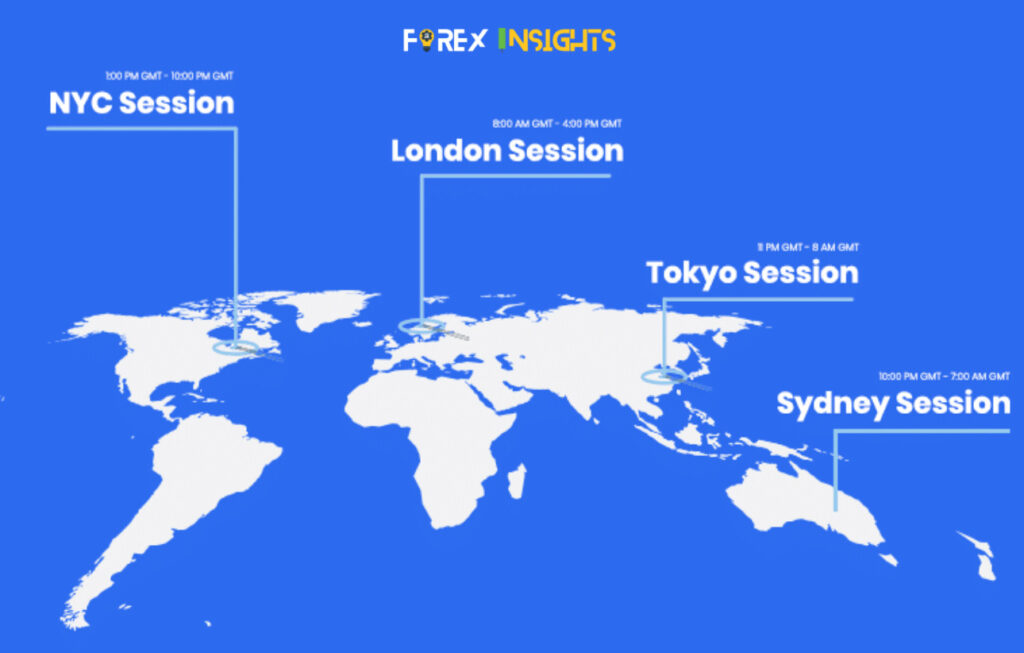What is Forex Trading? A Beginner’s Guide
The foreign exchange market, or Forex, is the largest and most liquid financial market globally, with a staggering daily trading volume exceeding $7.5 trillion. But what exactly is Forex trading, and why does it captivate millions of traders worldwide? This beginner’s guide breaks down the essentials, from market mechanics to its rising popularity, and even highlights where visuals can enhance your learning.
Introduction to the Forex Market
Forex trading involves buying and selling currencies with the goal of profiting from fluctuations in exchange rates. Unlike stock markets, Forex operates 24 hours a day, five days a week, across major financial hubs like London, New York, Tokyo, and Sydney. It’s a decentralized market, meaning transactions occur directly between parties via electronic networks.
Why Forex Matters
This market plays a vital role in global trade and investment, enabling businesses, governments, and individuals to convert one currency into another. Whether you’re hedging against currency risk or speculating on price movements, Forex offers unparalleled opportunities—and challenges.

How Forex Trading Works and Why It’s Popular
The Basics of Currency Pairs
Forex trading revolves around currency pairs, such as EUR/USD (Euro vs. US Dollar) or GBP/JPY (British Pound vs. Japanese Yen). Each pair represents the value of one currency relative to another. Traders profit by predicting whether a currency will strengthen (appreciate) or weaken (depreciate).
Example:
If you buy EUR/USD at 1.1000 and sell it at 1.1200, you’ve earned a 200-pip profit.
Why Forex Trading is So Popular
- 24/5 Market Access: Trade anytime, day or night, across global sessions.
- High Liquidity: Easy entry/exit due to massive trading volumes.
- Leverage: Amplify positions with small capital (though this increases risk).
- Low Barriers to Entry: Start trading with minimal funds on user-friendly platforms.
- Diverse Opportunities: Profit in rising and falling markets.
Did You Know?
Retail traders now account for ~7% of daily Forex volume (BIS 2022), thanks to accessible online brokers.
Key Players in the Forex Market
The Forex ecosystem comprises several major participants:
- Banks and Financial Institutions: Handle over 50% of daily transactions, facilitating trades for clients and themselves.
- Central Banks: Influence markets via monetary policies (e.g., interest rates, quantitative easing).
- Corporations: Hedge against currency risk in international operations (e.g., Apple converting USD profits to EUR).
- Retail Traders: Individual traders, now empowered by online brokers, account for ~7% of the market.
Case Study:
When the European Central Bank (ECB) raises interest rates, the Euro often strengthens against other currencies. Retail traders can capitalize on such macro trends.
Example: Daily Trading Volume and Market Liquidity
The Forex market’s $7.5 trillion daily turnover (Bank for International Settlements, 2022) dwarfs stock and crypto markets combined. This liquidity ensures tight spreads (the difference between bid/ask prices) and minimal slippage, making it ideal for frequent trading.
Liquidity Peaks:
- London-New York Overlap (8 AM–12 PM EST): Highest activity for EUR/USD and GBP/USD.
- Tokyo Session: Focus on JPY pairs like USD/JPY.
Risks and Rewards in Forex Trading
Common Risks
- Volatility: Sudden geopolitical events (e.g., elections, wars) can trigger sharp price swings.
- Leverage Risks: Overleveraging can amplify losses.
- Psychological Pitfalls: Emotional trading leads to poor decisions.
Mitigating Risks
- Use stop-loss orders to limit losses.
- Start with a demo account to practice risk-free.
- Follow a trading plan and avoid impulsive trades.
Conclusion: Why Learn Forex Trading?
Forex trading isn’t just for Wall Street experts. Here’s why beginners should consider it:
- Accessibility: Start with as little as $100 using demo accounts.
- Global Economic Insight: Understand how geopolitics and economics drive markets.
- Flexibility: Trade part-time or full-time, from anywhere.
- Skill Development: Master risk management, technical/fundamental analysis, and discipline.
Final Tip:
While risks exist—like volatility and leverage pitfalls—education and practice can turn Forex into a rewarding venture. Ready to dive in? Begin with a demo account, study market trends, and join the world’s largest financial arena!

